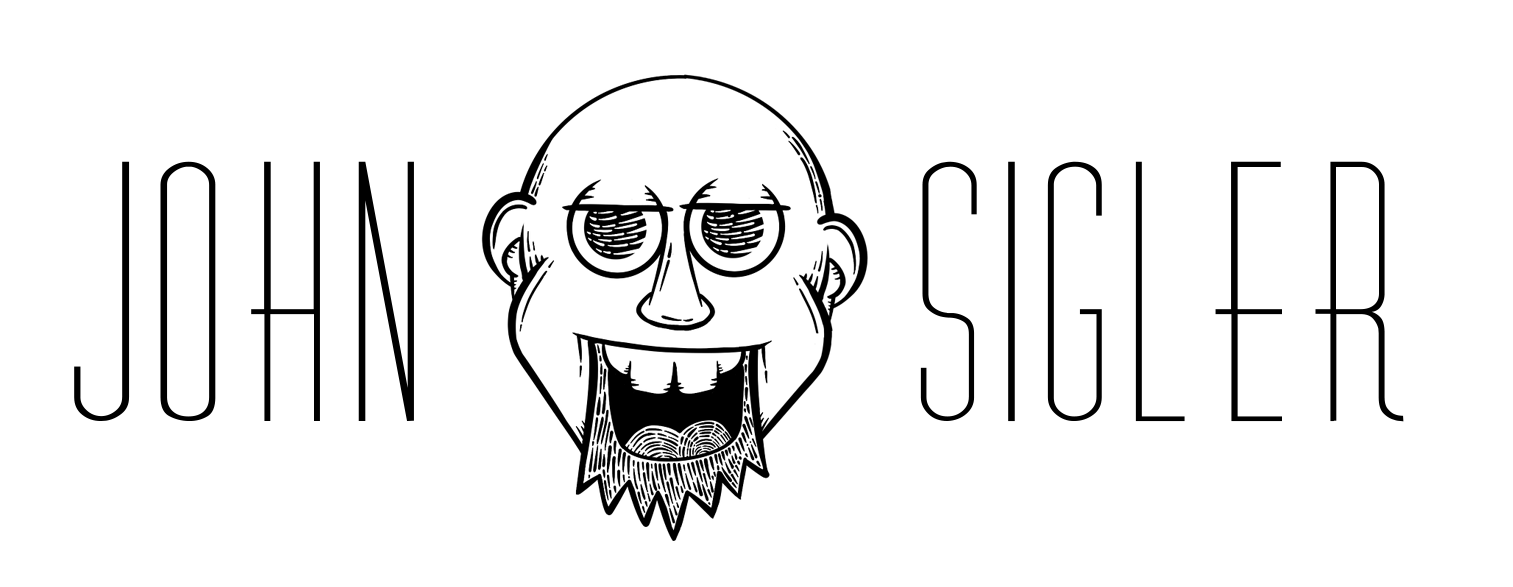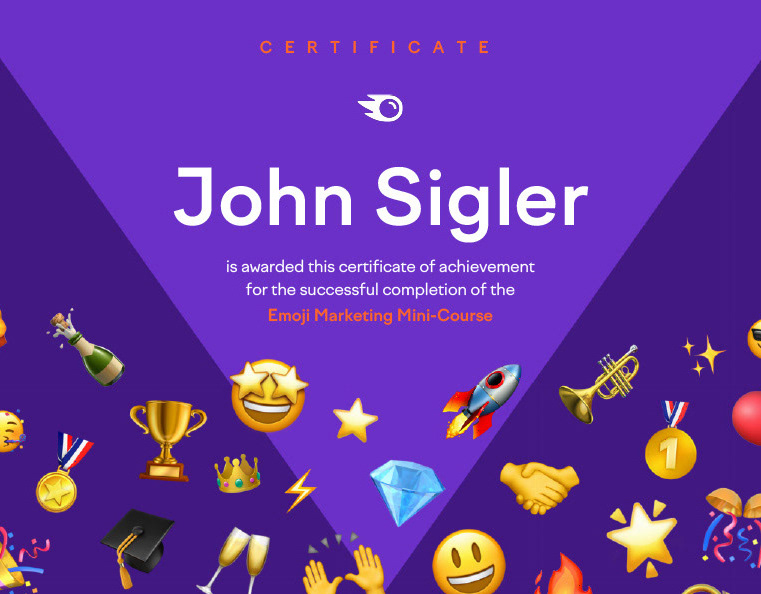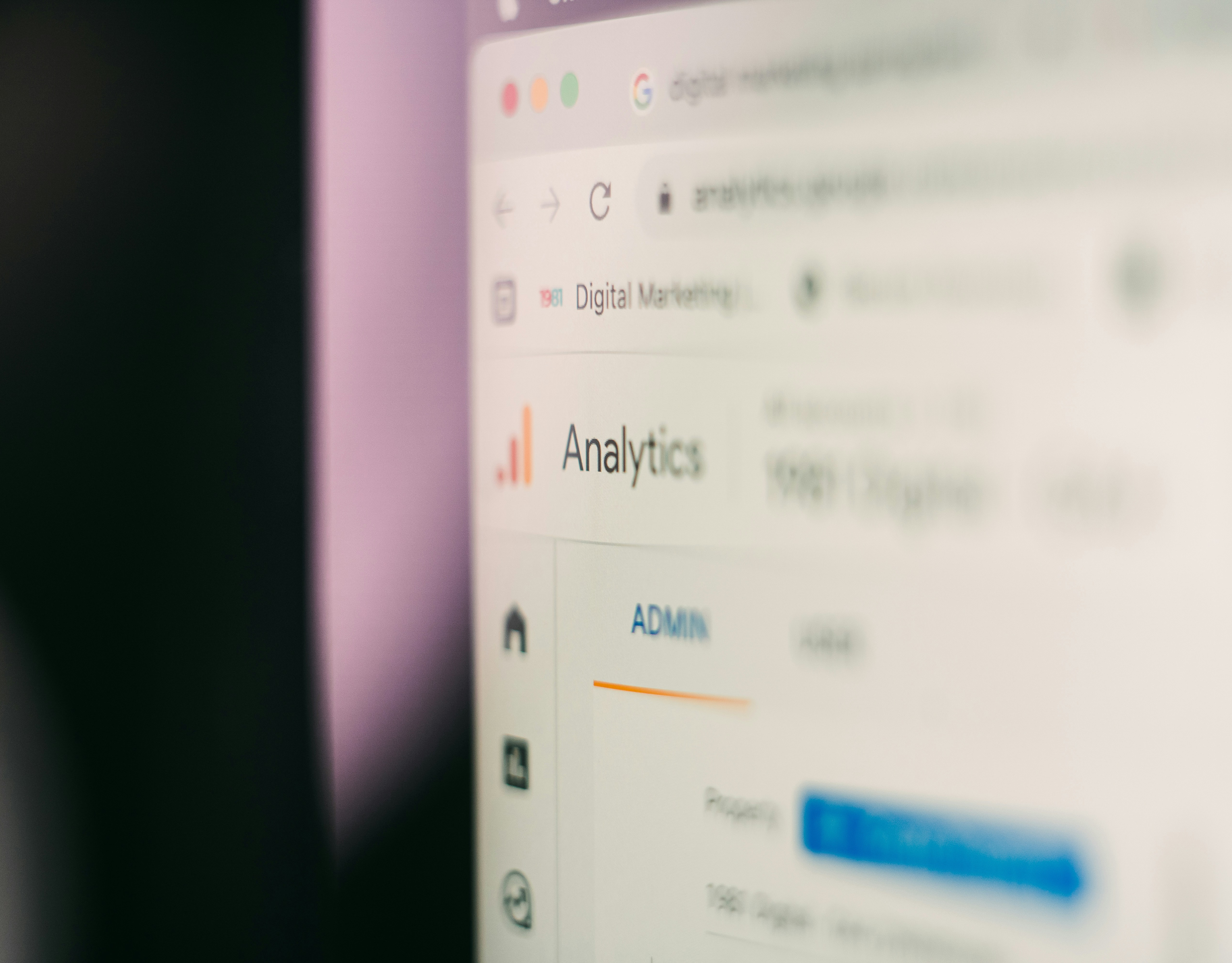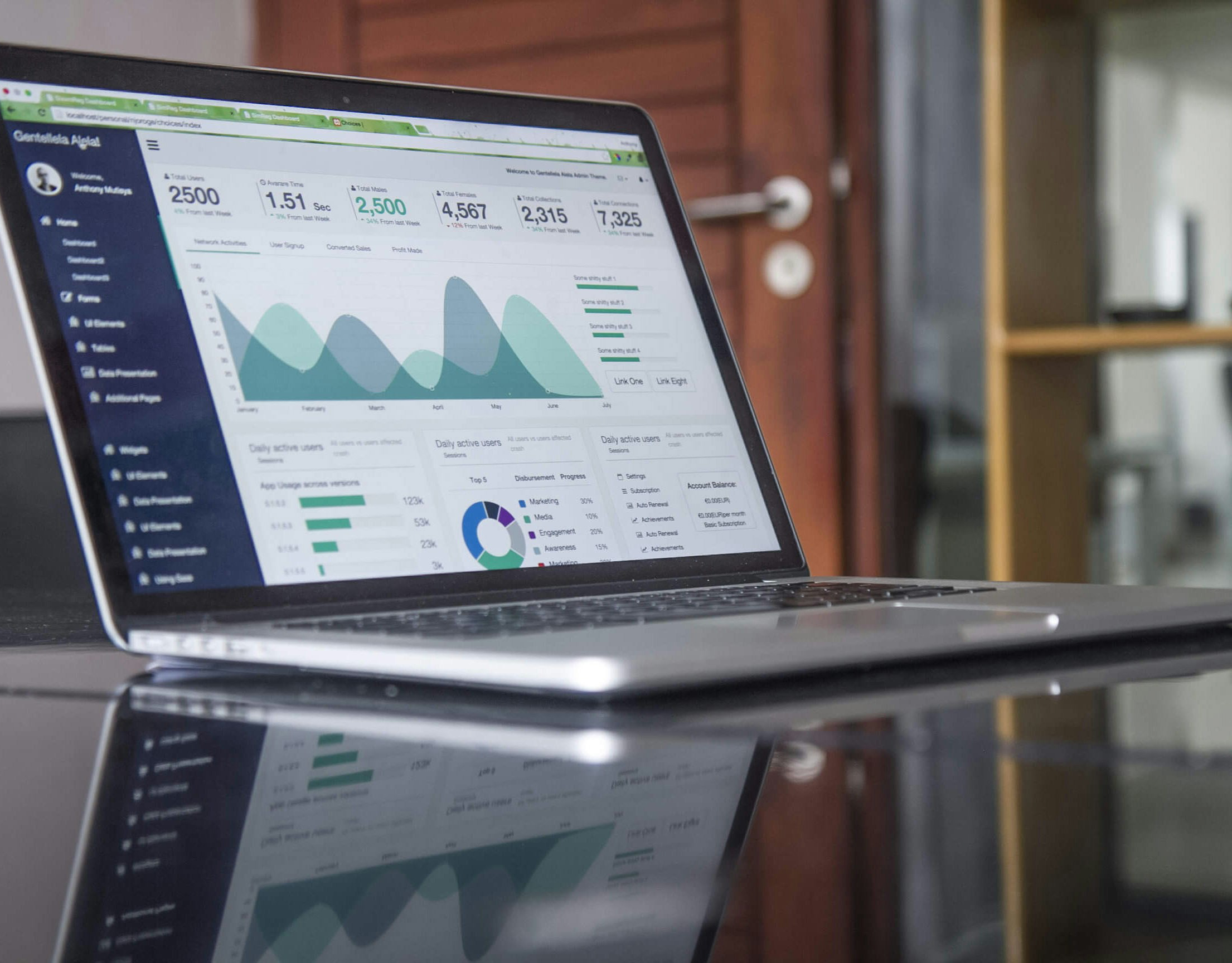SEO
I specialize in SEO strategy by optimizing websites for higher visibility in search engines through on-page enhancements, keyword integration, and technical SEO. I use tools like Google Analytics and Looker Studio to analyze traffic, monitor performance, and identify growth opportunities. My approach ensures content is aligned with user intent and SEO best practices, improving organic rankings and driving consistent, quality traffic to websites. Read below for overview:
On-Page SEO
Optimizing content and HTML source code on individual pages.
Key elements: keyword usage, title tags, meta descriptions, headers (H1, H2), image alt text, URL structure.
Optimizing content and HTML source code on individual pages.
Key elements: keyword usage, title tags, meta descriptions, headers (H1, H2), image alt text, URL structure.
Off-Page SEO
Focuses on external factors that influence rankings.
Key elements: backlinks from reputable sites, social signals, brand mentions.
Focuses on external factors that influence rankings.
Key elements: backlinks from reputable sites, social signals, brand mentions.
Technical SEO
Improves the technical aspects of a website.
Key elements: site speed, mobile-friendliness, structured data, crawlability, XML sitemaps, HTTPS.
Improves the technical aspects of a website.
Key elements: site speed, mobile-friendliness, structured data, crawlability, XML sitemaps, HTTPS.
Local SEO
Targets local search queries and aims to improve visibility in local search results.
Key elements: Google Business Profile, local citations, reviews, location-specific keywords.
Targets local search queries and aims to improve visibility in local search results.
Key elements: Google Business Profile, local citations, reviews, location-specific keywords.
Use relevant keywords naturally in content.
Create high-quality, original content that answers user intent.
Optimize title tags and meta descriptions for each page.
Ensure the site loads quickly and is mobile-friendly.
Build backlinks from authoritative websites.
Use internal linking to guide users and search engines.
Keep URLs short, descriptive, and keyword-rich.
Create high-quality, original content that answers user intent.
Optimize title tags and meta descriptions for each page.
Ensure the site loads quickly and is mobile-friendly.
Build backlinks from authoritative websites.
Use internal linking to guide users and search engines.
Keep URLs short, descriptive, and keyword-rich.
Some popular tools for SEO research and performance monitoring include:
Google Search Console
Google Analytics
Ahrefs
SEMrush (my personal favorite)
Moz
Yoast SEO (WordPress plugin)
Google Search Console
Google Analytics
Ahrefs
SEMrush (my personal favorite)
Moz
Yoast SEO (WordPress plugin)





